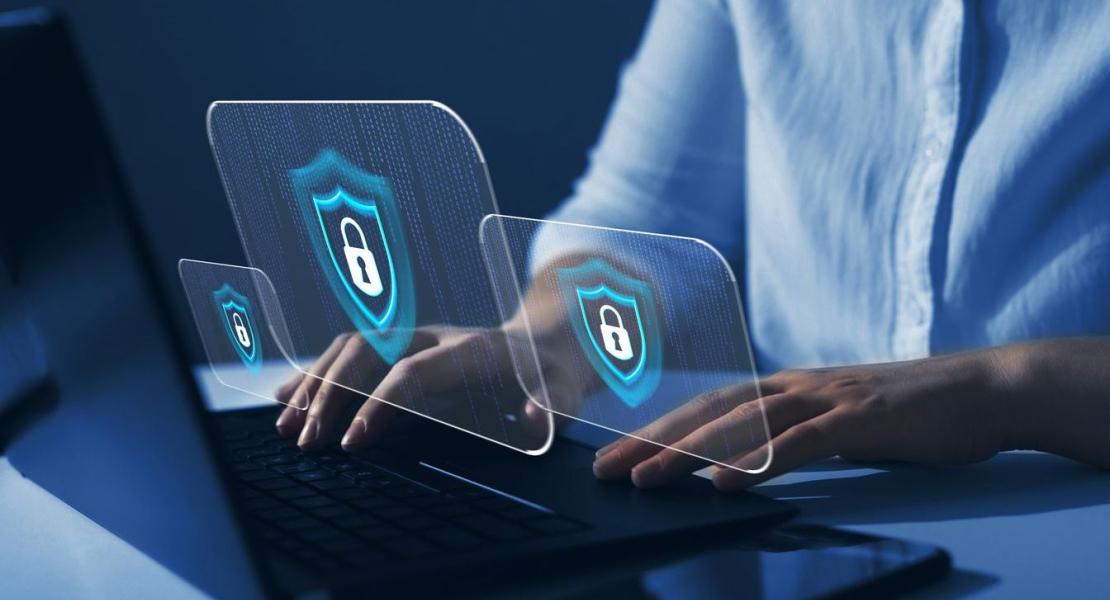Antivirus vs. Anti-Malware: What’s the Difference and Do You Need Both?
You’ve probably heard the terms “antivirus” and “anti-malware” used interchangeably. They both protect your devices, but they’re not exactly the same. Understanding the difference can help you make better decisions about your digital security. This is true whether you're working remotely in Souris, checking emails from a coworking space in Kensington, or browsing from your home in O’Leary.
What Is Antivirus Software?
Antivirus software was originally designed to detect and remove traditional computer viruses. Computer viruses are programs that replicate themselves and spread from one device to another, often causing damage or stealing data along the way.
Today’s antivirus tools do more than just stop viruses. Most now include protection against a range of threats, such as:
- Worms
- Trojans
- Spyware
- Some types of ransomware
You can think of antivirus as your first line of defense against well-known, widespread threats.
What Is Anti-Malware?
Anti-malware tools are designed to detect newer, more sophisticated threats that traditional antivirus programs might miss. These include:
- Zero-day attacks: New threats that haven’t been patched yet.
- Advanced ransomware: Hard-to-detect versions that anti-malware tools are better at spotting.
- Rootkits: Hidden deep inside your system, allowing hackers control without your knowledge.
- Keyloggers: Programs that record everything you type, including passwords and private messages.
- Malicious scripts or files: Hidden in legitimate software.
Anti-malware is often more agile and updated more frequently to respond to new threats.
Do You Need Both?
In many cases, the answer is yes. Antivirus and anti-malware tools complement each other. Antivirus provides broad, foundational protection. Anti-malware adds an extra layer of defense against newer or more complex threats.
Some modern security suites combine both into one program. If you’re using a trusted, up-to-date security solution that includes real-time protection, malware scanning, and firewall features, you may already be covered.
How to Choose the Right Protection
- Use a reputable security program that includes both antivirus and anti-malware features
- Keep your software updated to patch weaknesses that attackers might take advantage of
- Enable real-time protection so threats are blocked before they can do damage
- Run regular scans to catch anything that might have slipped through
- Avoid downloading software from unknown sources and stick to official app stores
Final Thoughts
Cyber threats are constantly evolving. Using both antivirus and anti-malware protection gives you a better chance of staying ahead. Whether you're managing a business in Georgetown, working from your cottage in Murray Harbour, or just browsing at home in Alberton, having the right tools in place helps keep your data safe.
For more cybersecurity tips and tools, visit:
- Get Cyber Safe – Canada’s official cybersecurity awareness campaign.
- BC Cyber Security Awareness – Government of British Columbia’s cybersecurity initiatives.
- Ontario Cyber Security – Learn about cybersecurity in Ontario and how to stay safe online.
- Cyber Security Ontario – A dedicated hub for cybersecurity best practices and training.
- Alberta Digital Literacy – Resources to enhance digital literacy skills in Alberta.

